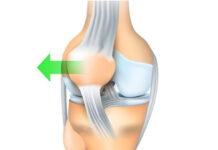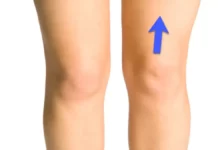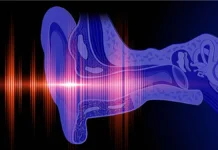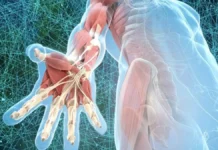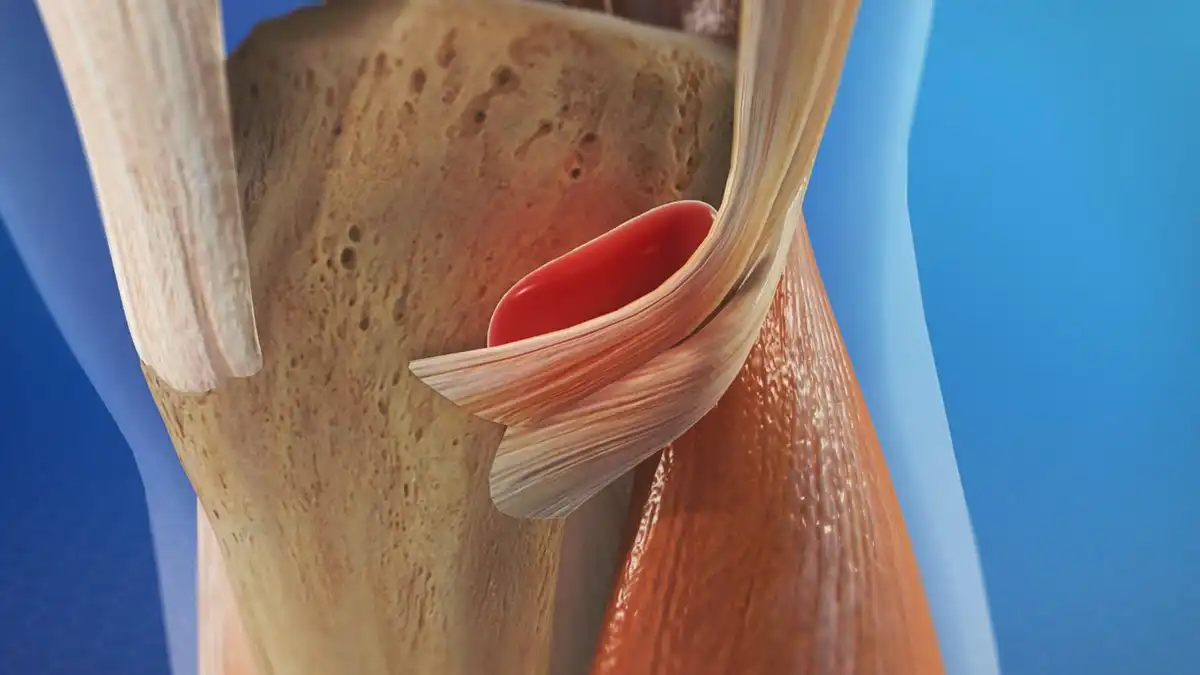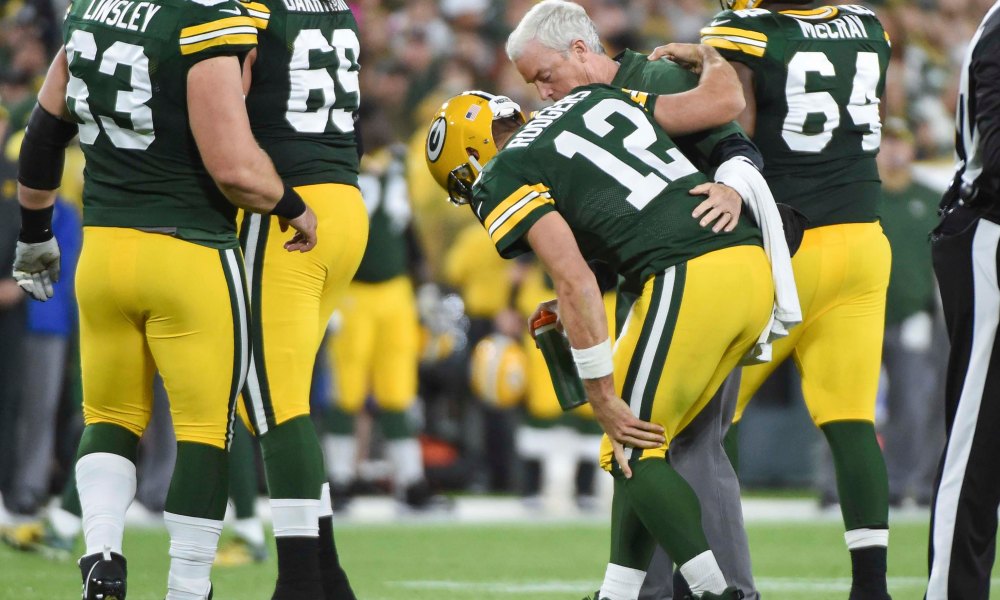Cruciate ligament (also cruciform ligaments) are pairs of ligaments arranged as the letter X. They occur in several joints of the body, such as the knee joint and the atlanta-axial articulation.
The cruciate ligament of the knee are the anterior cruciate ligament (ACL) and the posterior cruciate ligament (PCL). These ligaments are two strong rounded strips that extend from the head of the tibia to the intercondyloid notch of the femur.
The ACL is lateral and the PCL is medial. They intersect each other as a members of an X. They bear the name of their insertion on the tibial plate: the LCA attaches to the anterior face of the intercondylane area, the PCL on the posterior face. LCD and PCL remain distinct and each has its own partial synovial sheath. Compared to the femur, the ACL prevents the shin from slipping forward and the PCL prevents the shin from sliding backwards.
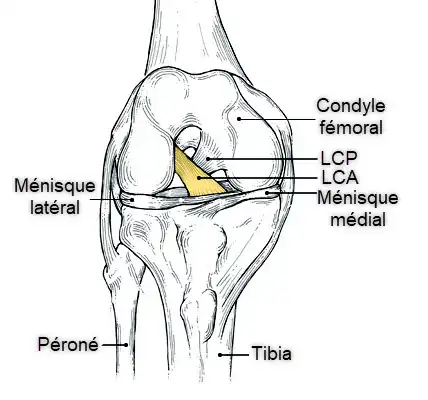
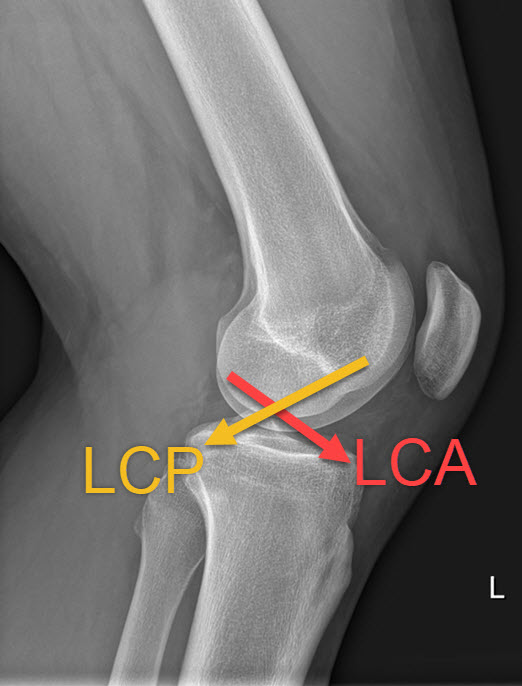
Causes des lésions du ligament croisé antérieur
- A blow to the side knee;
- Hyperextension forcée avec rotation interne du tibia ;
- A blow to the posterior tibia.
- The client may sustain the injury when pivoting, decelerating or landing after a jump. The anterior cruciate is often injured at the same time as the medial collateral ligament. Ninety percent of knees with chronic anterior cruciate ligament instability have additional meniscal disorders.
Causes of Posterior Cruciate Ligament Injury
- A blow to the anterior tibia;
- Excessive hyperextension, or in a traffic accident “dash injury” where the tibia is forced back in the accident.







